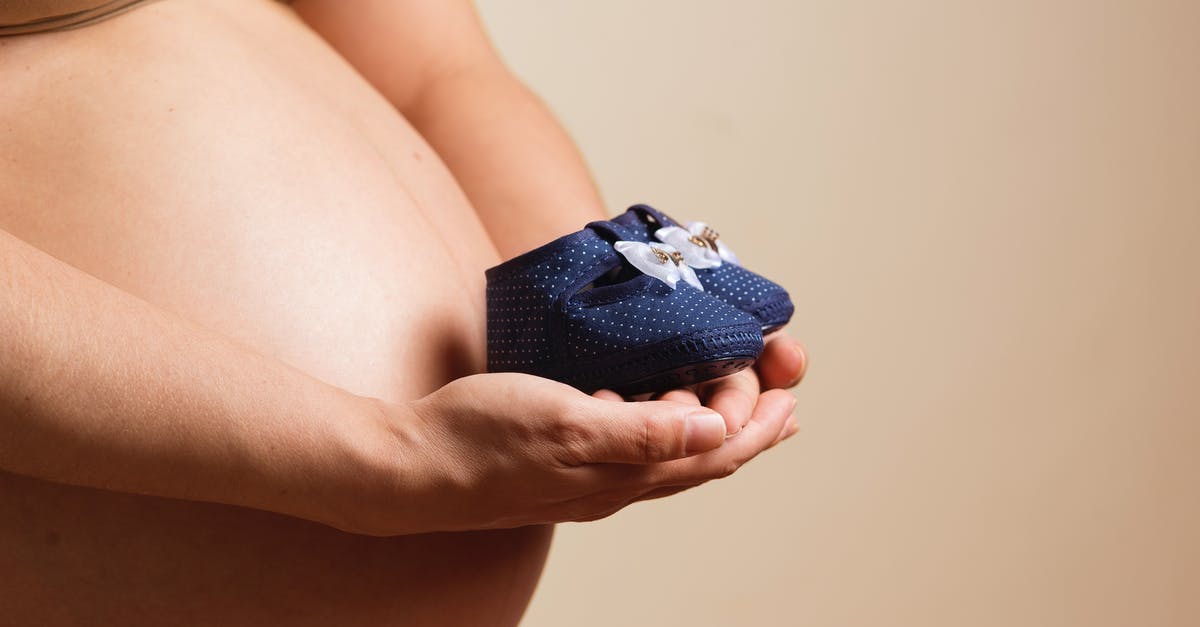Rule of the thumb for judging the leavening?

I have done a focaccia and a small piece of dough to see if I can make bread with the same recipe I'm using for the focaccia .
Both dough have almost doubled in size in about 9 hours, and I have used about a 1/3 in sourdough starter and 2/3 in flour ( plus liquids ).
I'm not sure if I should risk spending more hours to try to get more leavening and maybe a more fluffy growth or just be happy with a 2x growth .
There is a rule I can use, maybe related to protein, hours, ingredients, etc etc ... to estimate the right amount of leavening for my recipe ?
Best Answer
I think there's lots of things at play in your situation. Bread has many variables ("degrees of freedom"), and this is part of the reason that bread is so fun and so diverse (and so fun)! Experimentation is warranted here, I think. There's many sourdough enthusiasts around here, so you'll probably get many different opinions. Take the suggestions you like and fiddle around with them!
First to your first question about being happy with 2x growth: A volume increase of 1.5x-2x is about all that I would expect/want from any ferment/proof stage of dough. How much are you expecting or wanting? Does that amount of time work well for you? Are you happy with the result from 2x rise after 9 hours? What happens when you ferment for 25% less time? 25% more time? Try it out! Make a big batch and divide into 3 chunks, then ferment/shape/proof and bake them individually, staggered in time: short, medium, long fermentation time. See which you like best!
Nine hours seems like a fairly long fermentation time already, especially with so much starter and a high-hydration bread like focaccia. In my kitchen with my starter, for example, those ingredients would be very sloppy, very sour, and essentially impossible to work after 9 hours. When I'm building my (~100% hydration) pre-ferment from my starter, it will double or triple in 6-9 hours at its point of peak activity; after 9 hours it's starting to peter-out. If I'm using fermentation times in the 9-24 hour range (San Francisco-style or so) I'll use a small amount of starter (~50mL / a few Tablespoons) and perhaps further retard the fermentation in the refrigerator.
Fermenting or proofing for too long could cause your dough to lose it structure -- either before baking or during baking. This could yield uneven crumb and difficulty baking. In the case of focaccia, you might get a big air pocket in the middle or a collapsed bit of dense dough. Sourdough will tend to aggravate this situation, because the acid produced by the bacteria will tend to cause the bread structure to break down over a longer period of time. To me, sourdough is a delicate balance of quantity of starter and time.
Here are "rules of thumb" for fermentation time, hydration, and quantity of starter that I find to be the case; note that all of these are interrelated:
- More starter will result in faster fermentation (shorter time) since there's more active yeast.
- For higher hydration breads, use more starter to encourage faster fermentation, and/or stronger (higher-protein) flour, both help to maintain structure.
- More assertive sour flavor results from longer fermentation time (and you'll need to use less starter).
Other ingredients will impact fermentation. More salt will tend to retard (slow) fermentation. Fat/oils can yield a finer crumb, but can have other effects depending on quantity and other factors. More water (higher hydration) generally yields a chewier (more custardy) and larger crumb and can help the yeast act more quickly. I don't know if protein content impacts fermentation time, but it will change the consistency of gluten development. Whole grain and non-gluten (or less-gluten) flours (e.g., rye) will tend to impede gluten formation.
I don't know how long you've been sourdough'ing, but for anyone reading this who is new to the process, here's a couple of "primer" links. For me, it was helpful to understand a little of the "science" and biochemistry at work while I was exploring the more "artful" topics of actual sourdough baking.
Look through the "Related" articles and in the sourdough tag for some other musings on the topic.
I'm interested to hear others' opinions of the nature of the universe, also. Good luck!
Pictures about "Rule of the thumb for judging the leavening?"



How is leaven calculated?
How to calculate levain percentageWhat is the right test for dough?
The Poke Test \u2013 Give that ball of dough a firm poke with your finger. If the indentation fills back quickly, you're good to go. If it stays looking like a deep dimple, continue kneading.How do you judge a good sourdough?
A Dark and Crackly Crust Aside from the obvious textural appeal of a crisp and crackly crust combined with a tender, springy crumb, dark color is usually a good sign that the interior of the loaf is going to have more and better flavor.How do you score bread dough?
To score using a straight blade, hold the blade lightly in the hand and at a 90-degree angle (perpendicular) to the dough. If doing few cuts, score slightly deeper than a curved blade and after doing so you'll notice the dough relax open and outward.rule of thumb distances
Sources: Stack Exchange - This article follows the attribution requirements of Stack Exchange and is licensed under CC BY-SA 3.0.
Images: Ann H, Lukas, Artem Beliaikin, Daniel Reche
